Pollinator activity
- Irish Pollinator Monitoring Scheme results 2022
- Most visited plant species
- Species of conservation interest found
Kay is farming 52ha of grassland in Mourneabbey, Mallow, Co. Cork. She operates an organic suckler to beef system of 25 spring calving cows and also lambs 30 organic ewes.
She is partaking in the Irish Pollinator Monitoring Scheme since 2022 which was set up to monitor the status, trends and distribution of pollinators across different habitats throughout the years. This involves a trained surveyor visiting the farm once per month from April to August, amounting to 5 days in total. They monitor what is going on in the fields and along field boundaries such as the hedges and field margins.
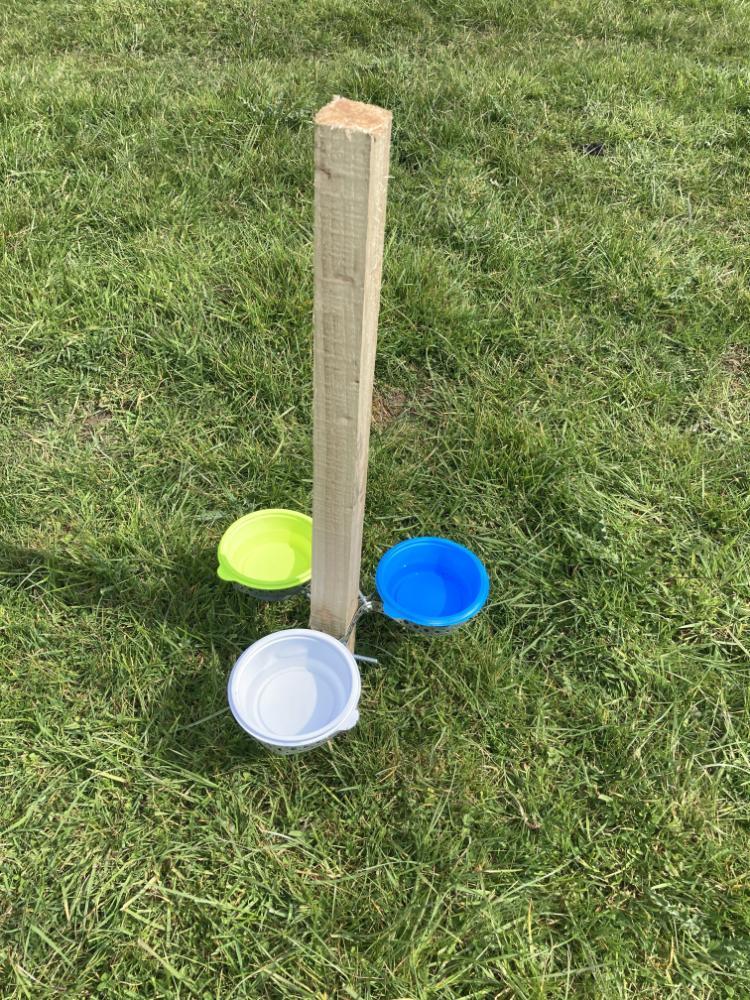 Figure 1: Pan trapping is one recording method used
Figure 1: Pan trapping is one recording method used
The 2022 preliminary findings were recently analysed and show the following pollinator groups on Kay farm:
The pollinator group with the highest number of species recorded were solitary bees followed closely by hoverflies.
Bramble and dandelion received the majority of visits from insects, followed by white clover, creeping buttercup and creeping thistle.
Species of conservation interest that were discovered include the small fleckled mining bee (vulnerable), groove-faced mining bee (vulnerable) and the humming syrphus whose larvae prey on aphids.
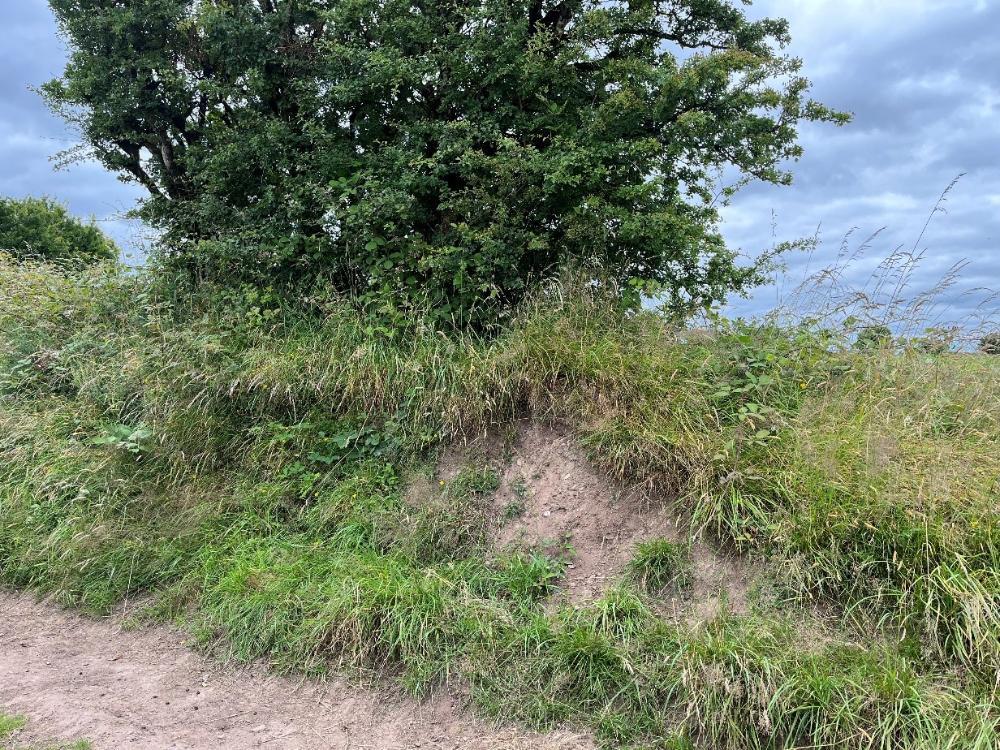 Figure 2: A south-facing bank where some solitary bees are nesting
Figure 2: A south-facing bank where some solitary bees are nesting
Four recording methods are used to track the pollinators on Kay’s farm:
Three steps that Dr. Michelle Larkin from the National Biodiversity Data Centre recommends taking to help pollinators are to:
Kay follows all of these actions and has a mix of multi species, permanent pasture, red clover and grass with white clover/bird’s foot trefoil on the farm. She also has well established hedges, field margins and a riparian buffer zone which help to create different habitats on her farm.
No major health issues have occurred since the last visit.
Eight out of ten bullocks were castrated on 21st of August. As per the organic regulations, paperwork must also be completed by the vet and Kay to obtain a derogation before carrying out the practice. The calves must be under 6 months of age and receive a local anaesthetic from the vet to retain their organic status. The two youngest May born calves will be castrated in October.
All the calves will be weighed and vaccinated in September. Kay vaccinates them against IBR, RSV and Pi3 to help prevent any respiratory disease outbreaks over the winter period. She has planned her calf management so that castration, vaccination and weaning will take place at least 2 weeks apart to avoid stressing the calves. They have also received their clostridial vaccine and will get a booster 4 weeks later.
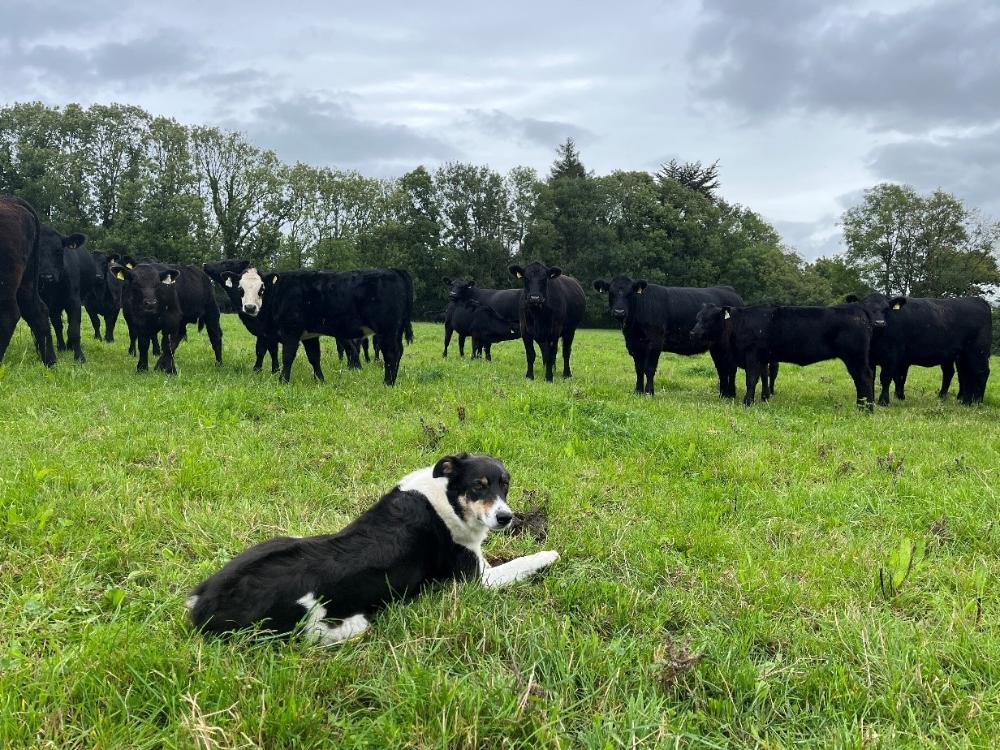 Figure 3: Suckler cows and calves grazing multi species paddock
Figure 3: Suckler cows and calves grazing multi species paddock
Kay has 390 bales of silage currently in the yard. She expects to make a further 90 bales of grass silage and 90 bales of red clover silage to provide enough feed for the winter. According to her fodder budget she will need 550 bales of silage in total for a 6 month winter, but she also has redstart which is growing well and will be used to outwinter the finishing and weanling cattle.
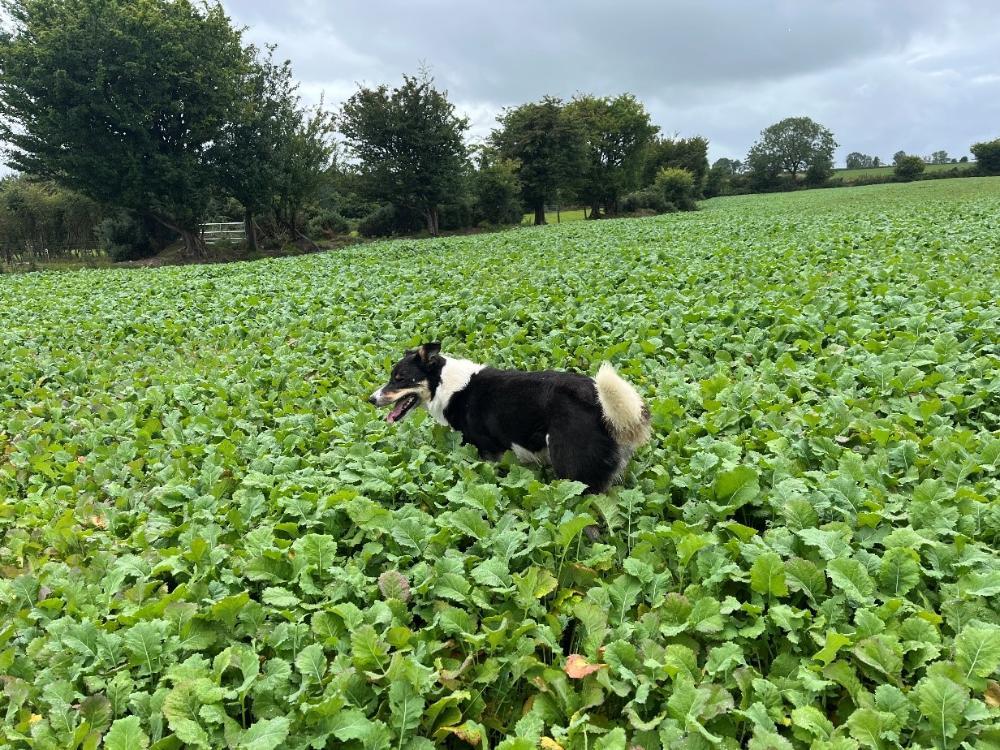 Figure 4: Redstart is growing well
Figure 4: Redstart is growing well
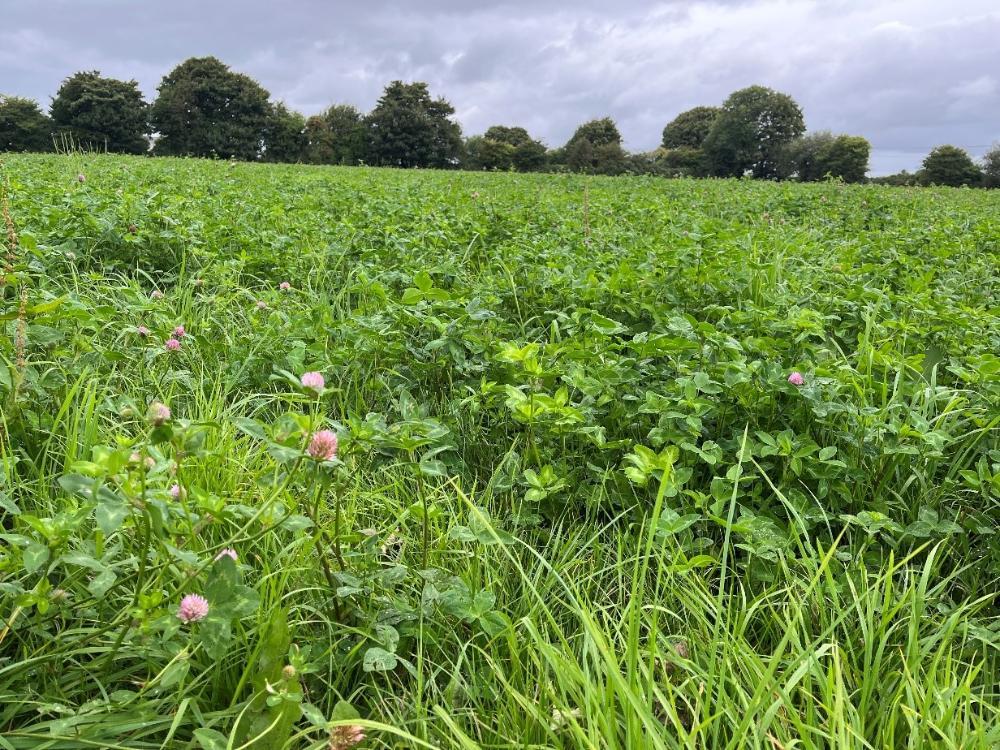 Figure 5: Red clover silage will be cut when weather allows
Figure 5: Red clover silage will be cut when weather allows
The finishing cattle were booked into the factory for January but they are continuing to grow well and are already laying down fat cover so Kay has booked them in for 11th December instead. The reseeded fields are continuing to grow well and this is helping to build her farm cover for the autumn.
The farm cover was at 1181 kg DM/ha on 22nd August. The growth for the previous week was 45 kg DM/ha/day and demand was 24 kg DM/ha/day. This gives Kay 49 days of grass ahead so she will have the option to take out heavy paddocks for silage. The target days ahead for September is over 25 days with a farm cover of 1100-1200 kg DM/ha.
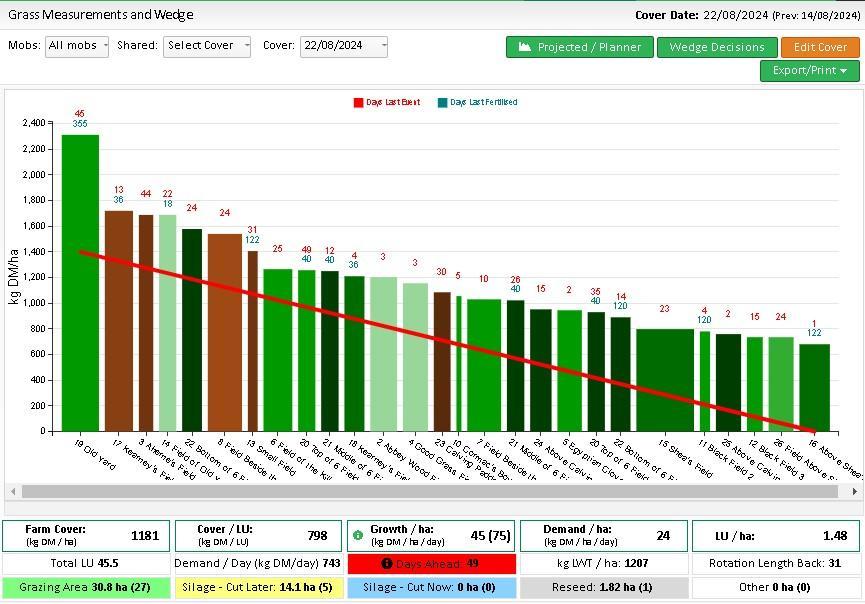 Figure 6: Grass wedge 22nd August 2024
Figure 6: Grass wedge 22nd August 2024